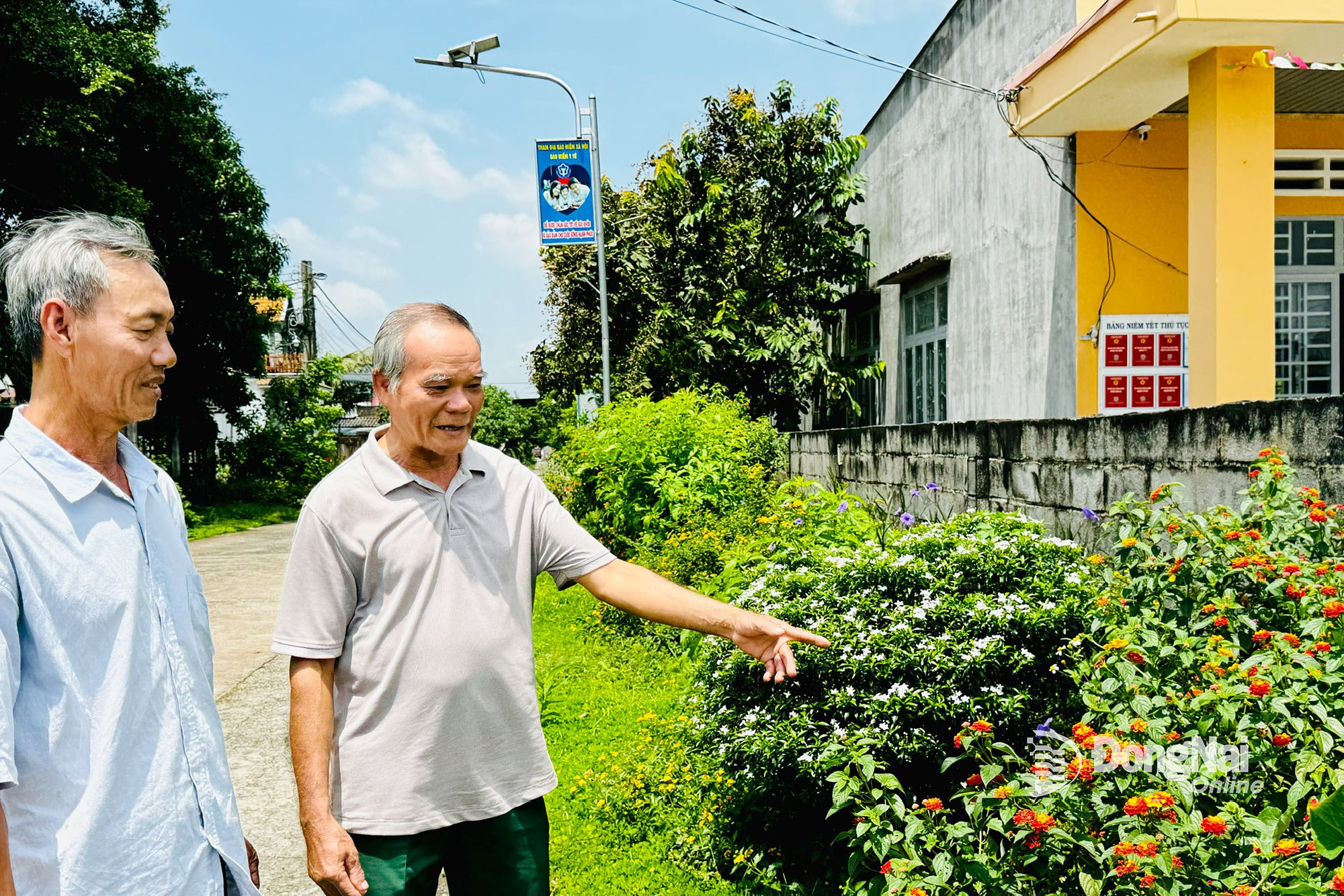 |
| Model new rural road in Xuan Hoa commune. Photo: B.Nguyen |
Despite many changes, the biggest goal and destination of the National Target Program on New Rural Development is still to continuously improve the lives of rural people. Accordingly, localities have proposed many groups of breakthrough solutions to develop the rural economy in a green, circular and sustainable direction.
Improving the quality of life in rural areas
The Ministry of Agriculture and Environment is drafting a set of national criteria for new rural areas in the 2026-2030 period. It is expected that many criteria and targets set for new rural areas and modern new rural areas in the 2026-2030 period will change compared to previous periods. However, the most important and consistent goal in new rural areas is still to continuously improve the material and spiritual life of rural people.
The Ministry of Agriculture and Environment aims that by 2030, the new rural construction program can be expanded in scale while improving in quality, ensuring a harmonious living space between tradition and modernity, between economic growth and human development, contributing to realizing the goal of livable rural areas in the new period.
Deputy Director of the Department of Agriculture and Environment Nguyen Van Thang said: After the merger, Dong Nai province has 72 rural communes. Of which, the province aims to have 70% of the total number of communes in the province meeting the NTM standards, with at least 10% of communes meeting the modern NTM standards. In particular, the modern NTM commune will replace the model NTM commune and will have a higher quality than the old model. This new model will be more complete in terms of criteria groups, especially focusing on developing sustainable production associated with clean, organic agriculture, applying high technology and digital transformation. The goal is to continuously improve the material and spiritual life of rural people, building a green, cultural and safe living environment.
Dong Nai has great potential for ecotourism, agriculture, and rural tourism with Tri An Lake, Cat Tien National Park, Bu Gia Map National Park, etc. Therefore, identifying "rural tourism development as a pillar, an important driving force" in building the new rural areas will be in line with the Government's directive. Dong Nai also needs to have solutions to support people and communities in tourism, while strengthening state management for sustainable development, preserving cultural identity and protecting the environment.
Vice Chairman of Dong Nai Farmers' Association Nguyen Van Giang
Exploiting local advantages
New features in the construction of new rural areas in the period of 2026-2030, localities will be empowered to determine new rural and modern rural models suitable to the characteristics of each place. Depending on the conditions, each commune can choose to develop in the direction of craft villages, high-tech agriculture, community tourism, ecology or smart countryside...
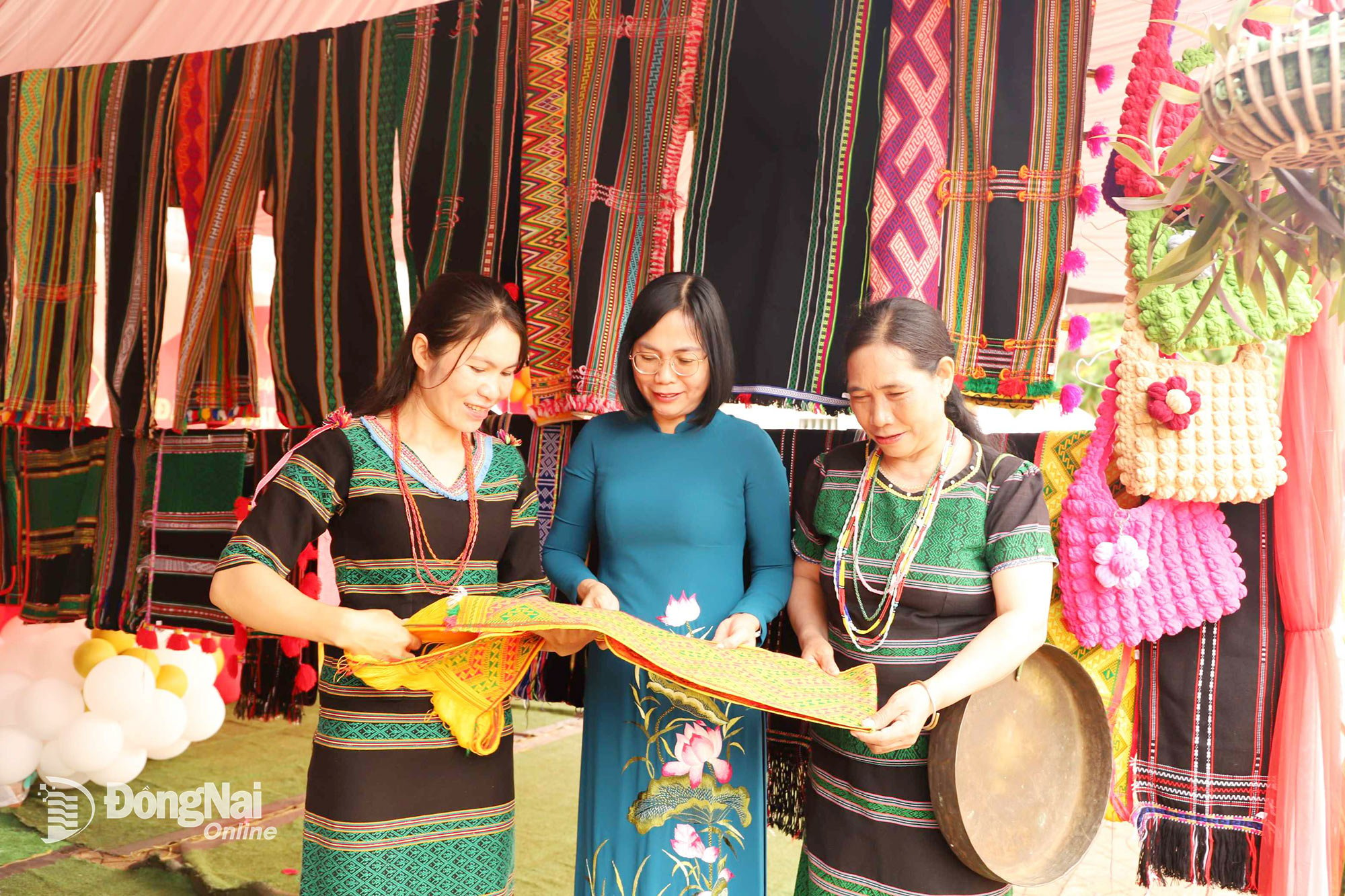 |
| Provincial Party Committee member, Vice Chairwoman of Dong Nai Provincial People's Committee Nguyen Thi Hoang visited and learned about brocade products of Bu Gia Map commune people. Photo: B.Nguyen |
After the merger, Bu Gia Map is a remote, border commune with 75% of the population being ethnic minorities, life is still very difficult, so it is one of the few communes in the province that has not met the NTM standards. In the economic structure of the commune, agriculture - forestry accounts for 85%, trade - services account for 15%; average income per capita is still low, reaching 28.5 million VND/person in 2024; the poverty rate is 7.15%, much higher than the general level of the province. Exploiting the strength of the forest, Bu Gia Map commune is oriented to focus on developing eco-tourism associated with conserving forest resources and national cultural identity.
Director of Bu Gia Map National Park Vuong Duc Hoa said: In 2025, the park's ecotourism products will be recognized as 3-star OCOP tourism products. In the coming time, the park will continue to develop typical tourism products with the goal of linking forest protection, nature conservation with livelihood development and community ecotourism in the border commune. The park will open more tourist routes to explore the primeval forest, preserve and develop traditional crafts, cuisine, culture, costumes and build local OCOP products... creating new livelihoods for the people.
Sharing the same view, Secretary of the Party Committee of Bu Gia Map Commune Le Hoang Nam emphasized: The commune identifies tourism and services as an important economic sector, with a breakthrough in the socio-economic development of the commune in the coming period. The commune focuses on exploiting the potential of eco-tourism, community tourism, agricultural tourism associated with OCOP products and border advantages. The locality will create all favorable conditions to attract strategic investors, develop large-scale, high-quality tourist areas and destinations, diverse and unique tourism products with local identity. In particular, the commune strives to have an average income per capita of 57.85 million VND by 2030; the poverty rate according to the multidimensional poverty standard will decrease to below 5%.
Before the merger, Xuan Loc commune aimed to build a model new rural area in terms of sustainable agricultural commodity production. According to Party Secretary and Chairwoman of Xuan Loc Commune People's Council Nguyen Thi Cat Tien, the local goal in the coming time is to build a more comprehensive modern new rural area in terms of infrastructure and sustainable large-scale commodity agricultural development. In particular, the commune will implement many breakthrough solutions to develop high-tech agriculture, organic agriculture associated with eco-tourism and spiritual tourism. The biggest goal of the locality is to continuously increase the income of local people.
Dinh Quan commune has also achieved many outstanding results in economic development associated with the construction of new rural areas. The commune aims to increase investment attraction in industry, trade - services in a civilized and modern direction; at the same time, focusing on developing high-tech agriculture, organic agriculture, and circular agriculture to bring high economic efficiency. The commune's agriculture has also shifted from purely small-scale agricultural production to an agricultural economy with large-scale production associated with processing and consumption markets. The commune's goal by 2030 is to achieve an average income per capita of 130 million VND.
Binh Nguyen
Source: https://baodongnai.com.vn/kinh-te/202508/xay-dung-nong-thon-moi-di-vao-chieu-sau-53d2437/



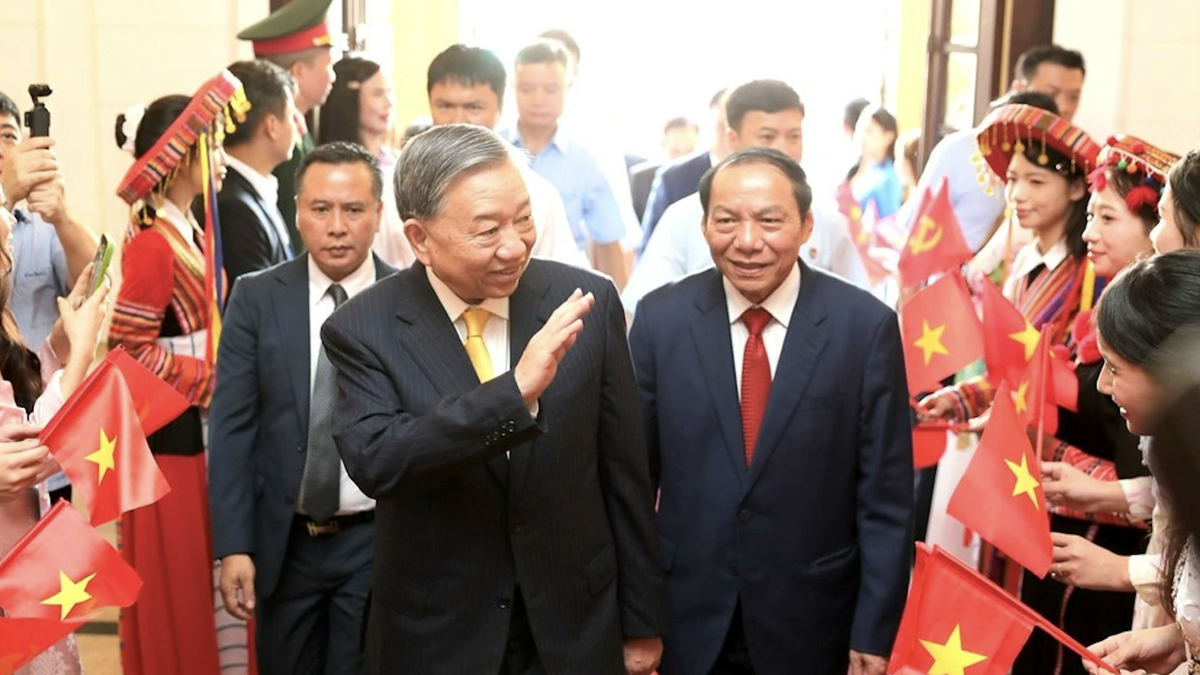

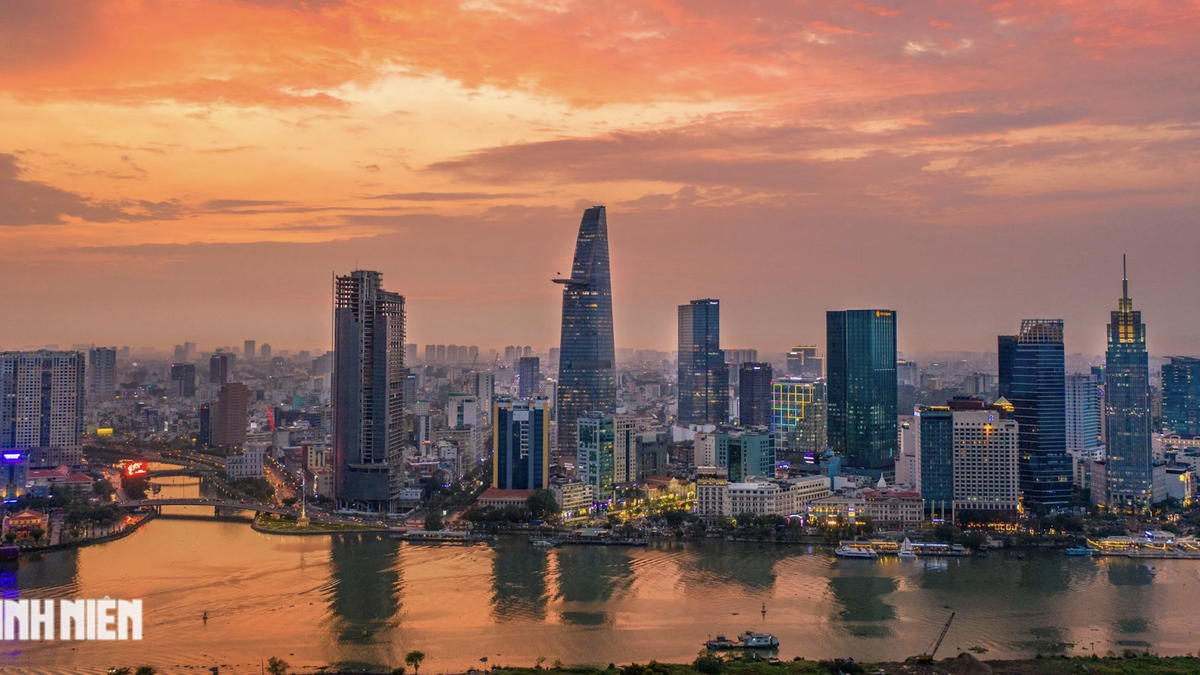
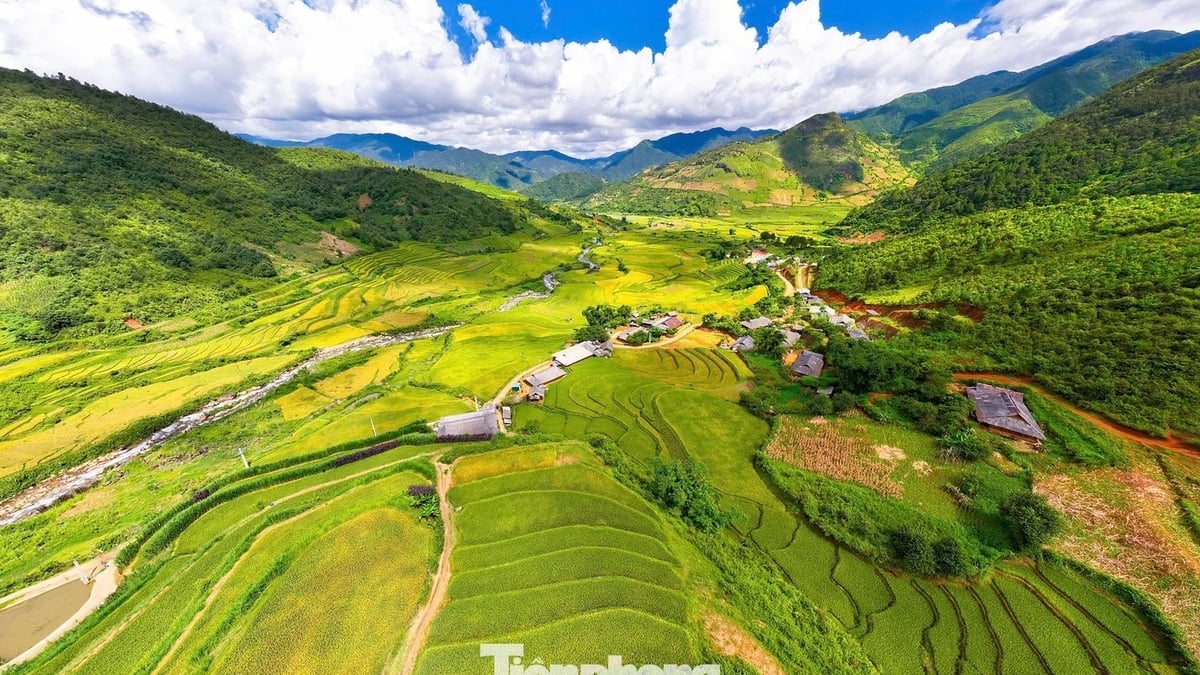
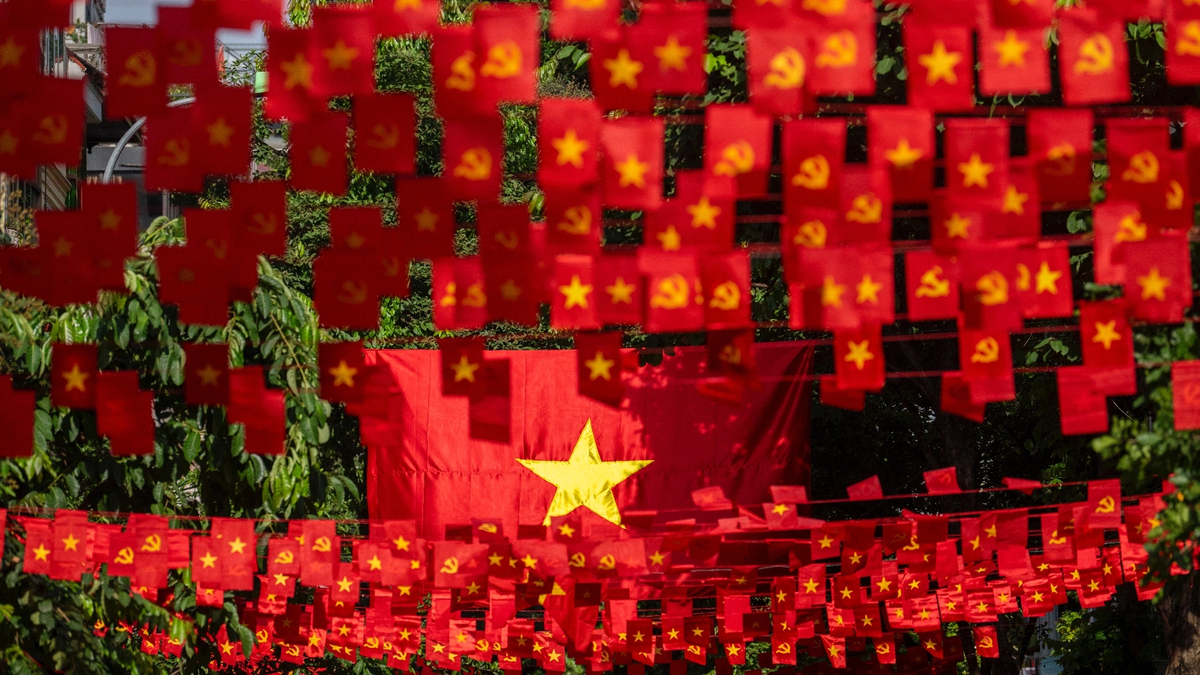
![[Photo] General Secretary To Lam attends the 80th Anniversary of the Cultural Sector's Traditional Day](https://vphoto.vietnam.vn/thumb/1200x675/vietnam/resource/IMAGE/2025/8/23/7a88e6b58502490aa153adf8f0eec2b2)
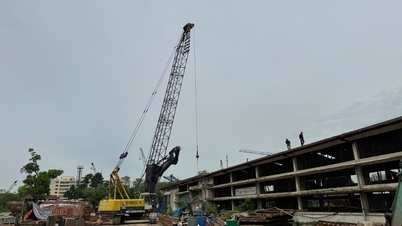

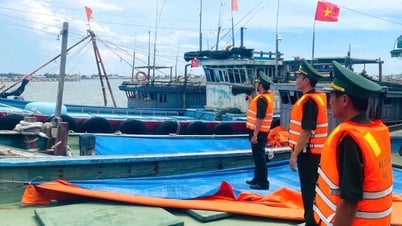

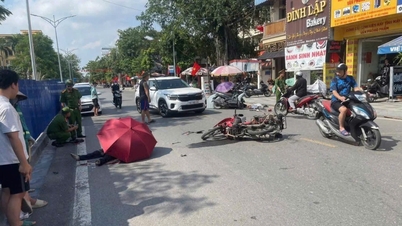
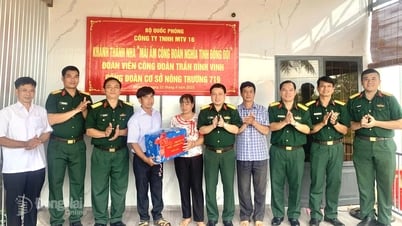
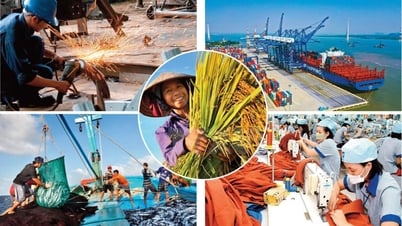

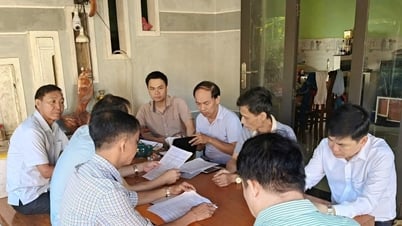





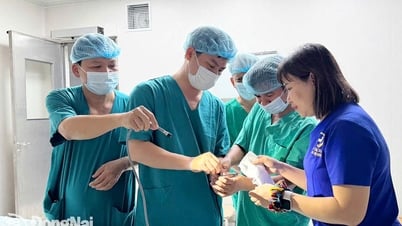
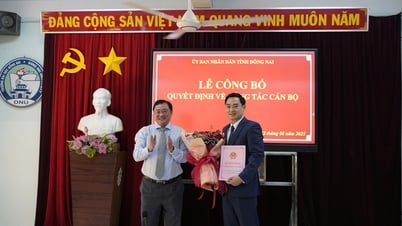
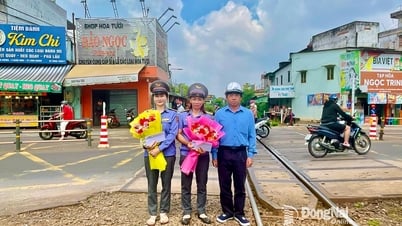
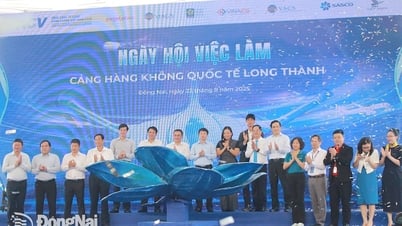
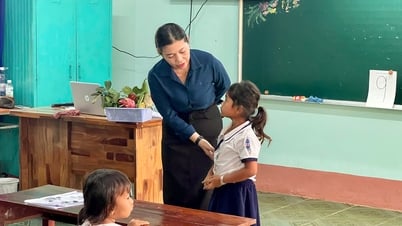
![[Photo series] Close-up of a series of 'huge' aircraft fuel tanks at Long Thanh Airport](https://vphoto.vietnam.vn/thumb/402x226/vietnam/resource/IMAGE/2025/8/23/36dd3d00663540209336017dafb42441)
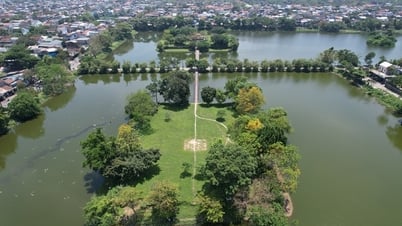

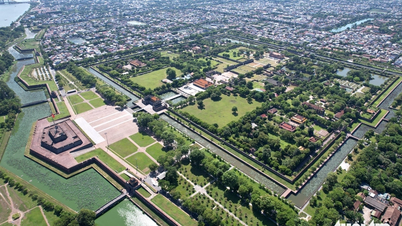


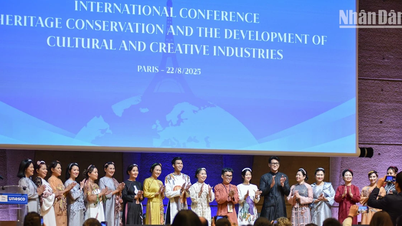




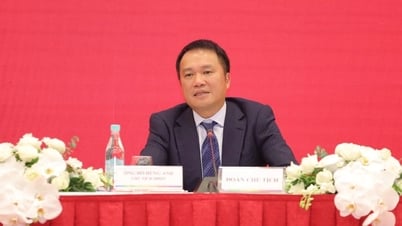





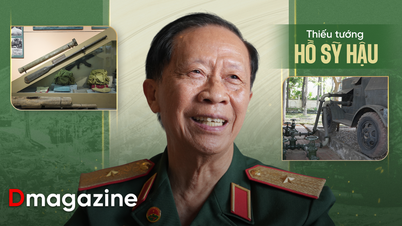














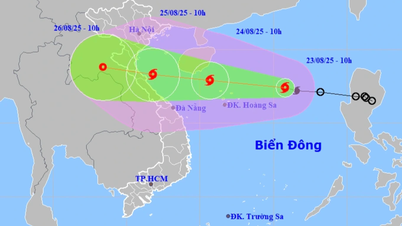
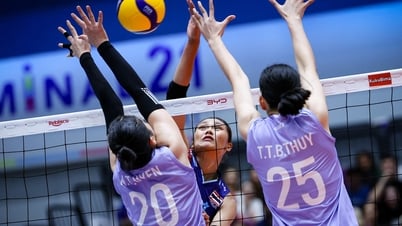

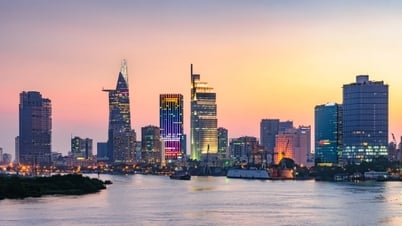

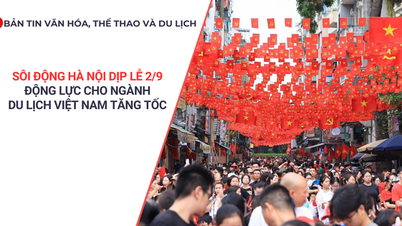

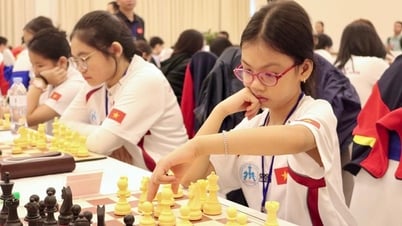
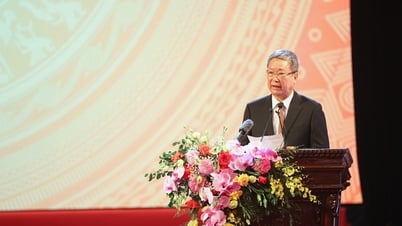


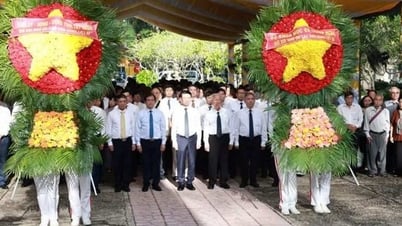

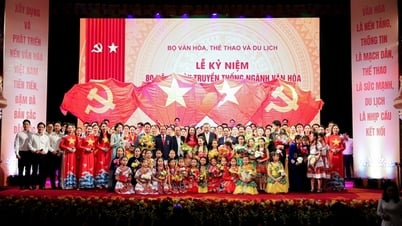
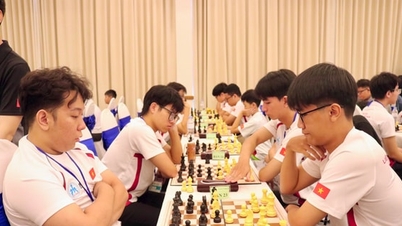

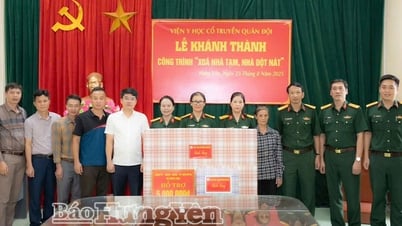

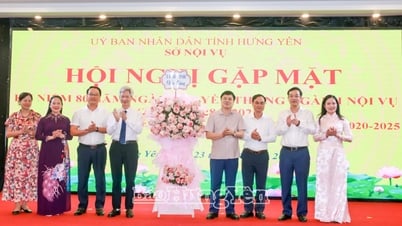


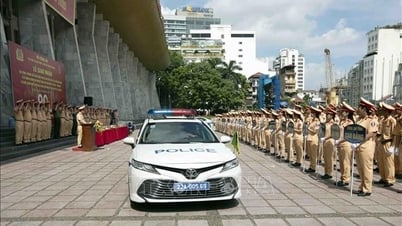

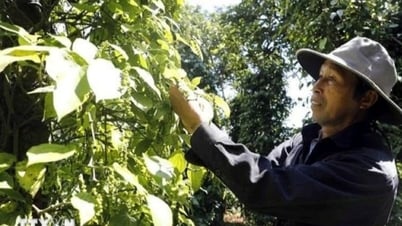


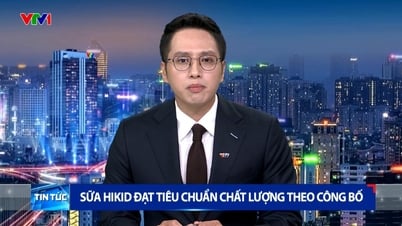


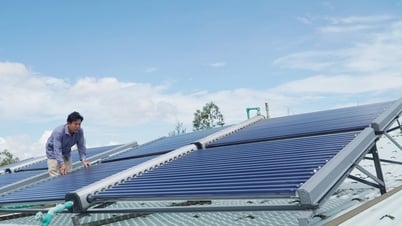





Comment (0)